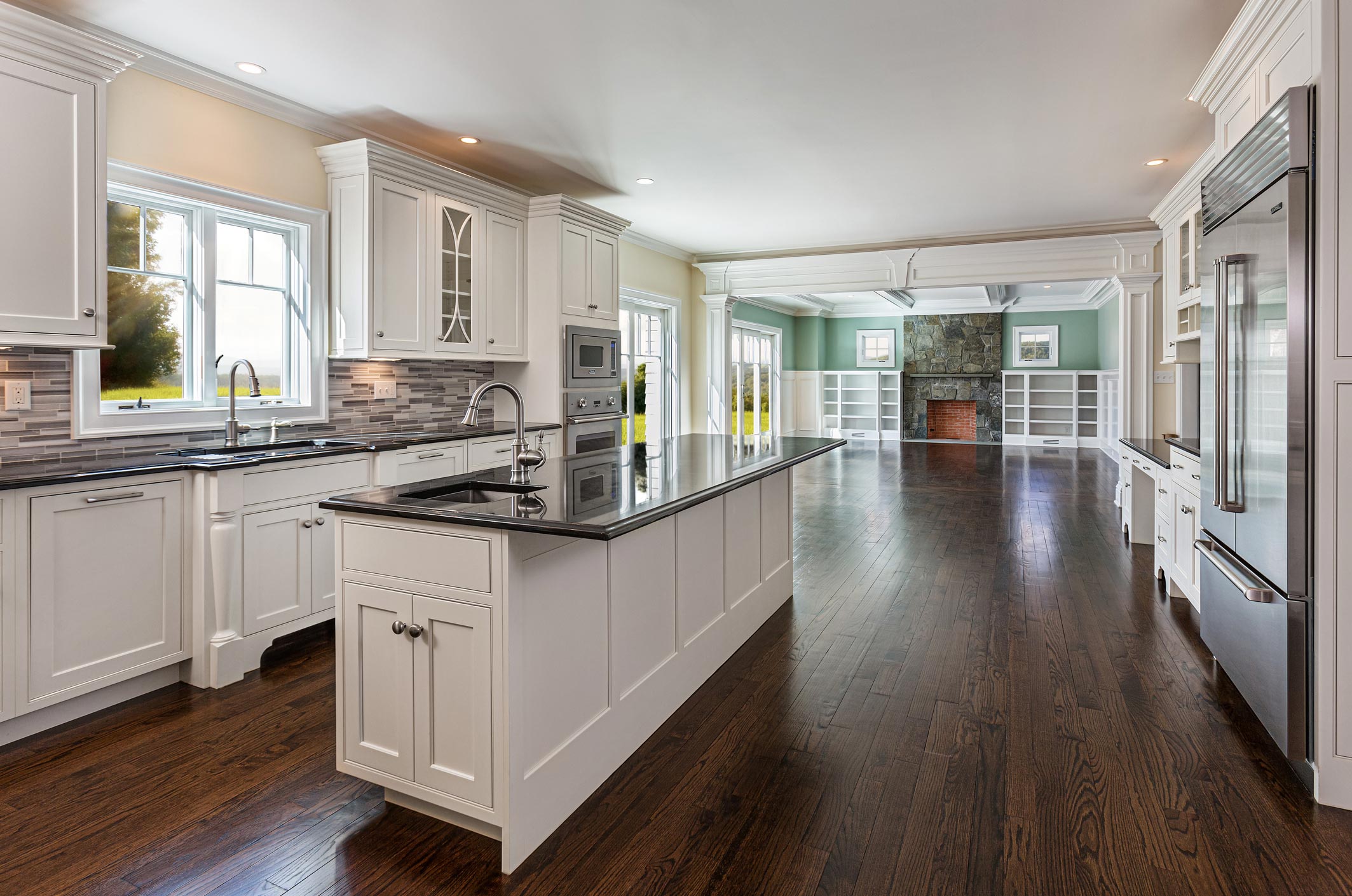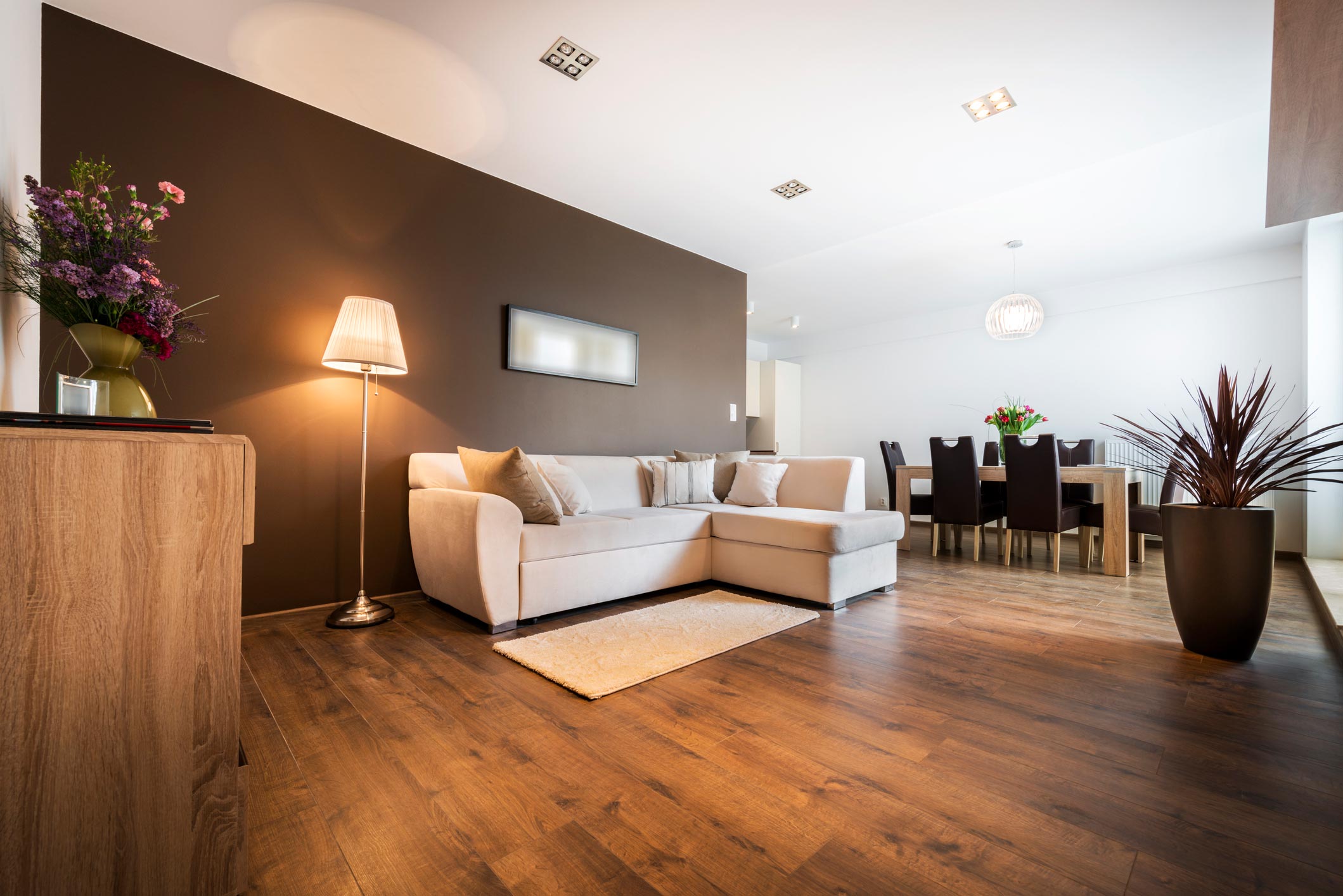Your Laminate Floors Are Lifting: What Do You Do?

Whether as the result of a DIY job or a professional installation, it’s disheartening to see your new laminate flooring start to lift up. Have hope: with some elbow grease, patience, and time, you can get your laminate flooring looking like new again. Check out these tips for knowing what to look for as well as knowing the proper fix.
Get to the Root Cause
From an uneven foundation to excess moisture, there could be many reasons why your laminate flooring is lifting in certain areas. First, you have to identify where the weakness is in the flooring, and then you can take steps to fix it.
- Underlying Moisture: The laminate won’t lay flat if there is excess moisture in the subfloor or concrete slab. Use a dehumidifier to dry the area before laying the tile, or you could add a floor underlayment.
- Improper Installation: If the interlocking pieces were not installed precisely, gaps will form between each plank. If the tiles were installed too tightly up against the wall, warping or buckling can occur with humidity or temperature changes. If you didn’t ensure the laminate was acclimated to the temperature and humidity before laying it, it will expand and contract with those changes.
- Uneven Subfloor: This can lead to bouncing or lifting. You can try a self-leveling compound to fix the issue.
- No Expansion Gaps: If you didn’t leave narrow gaps at the edges of the laminate tiles, there is no room for swelling as the humidity dips and rises. This can cause lifting throughout the seasons.
Solutions
The type of repair you will try will depend on which issue is causing the lifting.
- Uneven Subfloor: You will have to first level out your foundation before you reinstall the flooring.
- Moisture Damage: When the planks absorb excess moisture, they swell and take up more space. You will have to first find the water source, whether that’s a leak from the wall or ceiling. You can then add a moisture-resistant underlayment.
- Expansion Gap: This is best left up to the professionals, as this involves removal of all boards and cutting them with an expansion gap of ¼ inch.
- New Flooring: Sometimes the problem is too invasive and extensive to fix in a cost effective manner. Replacement may be the best option in this case.
Whether due to age, sub-par materials or improper installation, installing a brand new floor is often the way to go. Ask your professional laminate flooring installer what they suggest before making any repairs on your own. You could end up making the problem worse, costing yourself even more money in the long run.
Contact All Flooring Install
Enlist the help of our laminate flooring professionals if your current floors are lifting. We welcome you to start off with a free quote and consultation on our high-quality laminate flooring installation services throughout Richardson TX and beyond.







